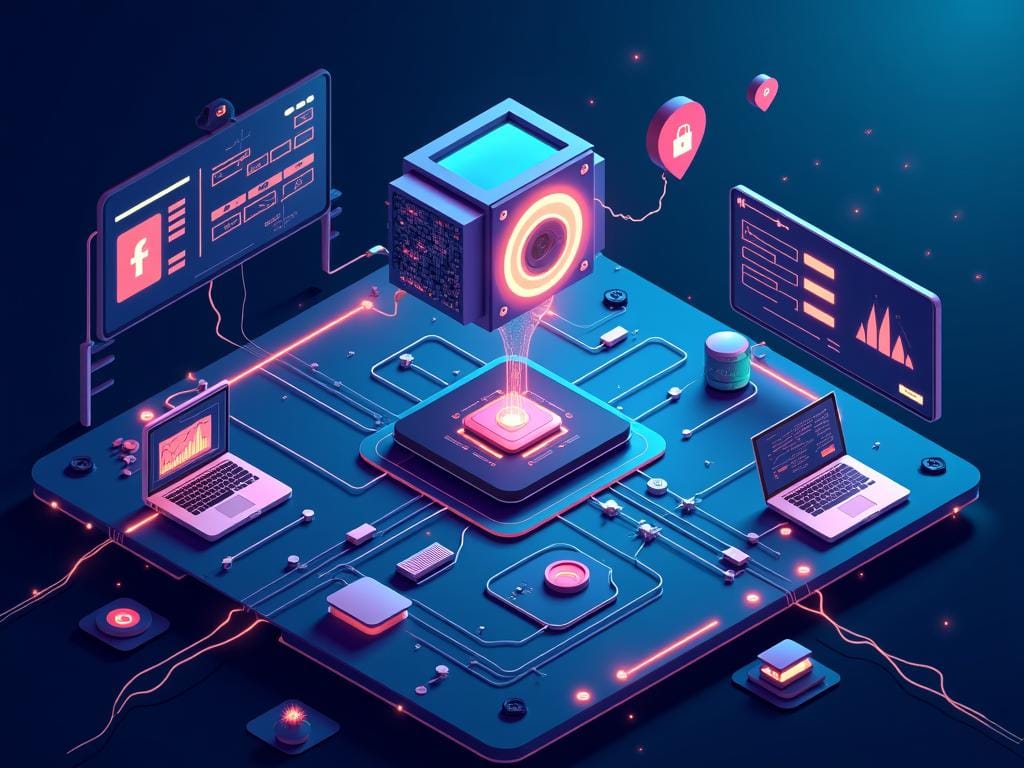Fine-Tuning AI Models: Which Approach Is Best for You?
Fine-tuning AI models is essential for success but choosing the right approach can be daunting. This post covers three main options: Local Fine-Tuning offers control and privacy but comes with high upfront costs; Rented GPU Options provide flexibility at lower initial expenses, though they have o...

Fine-tuning is a crucial step in the process of training AI models. With so many options available, it can be overwhelming to determine the best approach for your project. In this post, we'll explore the main fine-tuning options, highlighting their pros and cons, so you can make an informed decision
#1 - Local Fine-Tuning
With local fine-tuning, you perform the process on your own hardware.
Complete control is one of the primary advantages of this approach. You have full autonomy over the fine-tuning process, allowing real-time adjustments and customization. Additionally, maximum privacy and security are ensured, as all data handling is done locally, eliminating the risk of sensitive information leaving your environment. Another key benefit is that there are no recurring costs after the initial investment in hardware, avoiding ongoing fees associated with cloud services.
However, local fine-tuning comes with high upfront costs due to the need for powerful hardware like GPUs, which can be expensive. You are also limited by local resources, meaning your fine-tuning capabilities are restricted by the power and availability of your infrastructure. Moreover, technical expertise is required to set up and maintain the necessary systems, which might be a barrier for some users.
#2 - Rented GPU Options
Rented GPU services offer a flexible alternative for those without access to high-end local hardware.
One significant advantage is the scalability of resources. You can easily scale up or down based on project needs without the initial hardware investment. This approach also comes with lower upfront costs since you only pay for the resources you use, making it more accessible for smaller projects or businesses.
On the downside, rented GPU options come with ongoing expenses. While there’s no large upfront cost, the cumulative rental fees can add up over time. Additionally, session limitations on some platforms, like Google Colab, might interrupt longer jobs, making them unsuitable for extensive fine-tuning tasks. Examples of popular rented GPU platforms include Google Colab, Hugging Face, vast.ai, and runpod.io.
#3 - Fine-Tuning Services
These services handle the entire fine-tuning process, offering a user-friendly experience with minimal management on your part.
One of the biggest benefits is the simplicity of this approach. You don’t need to worry about managing infrastructure or dealing with the complexities of the fine-tuning process. However, this convenience comes with trade-offs. Less control over the fine-tuning process means you might not be able to tweak or customize the model as much as you could with local options. Additionally, there are data privacy concerns, as your data must be shared with the service provider, which might be a dealbreaker for sensitive projects. Finally, potentially higher costs for using the fine-tuned models, especially if you rely on them extensively for inference, can be a significant consideration. Popular platforms for fine-tuning services include lightning.ai, fireworks.ai, and replicate.com, just to name a few.

Key Considerations
When choosing an approach, consider factors like cost, control, resource availability, and data privacy. Local fine-tuning offers the most control and security but at a higher initial cost. Rented GPUs provide a middle ground, offering flexibility without the need for heavy investment in hardware. Fine-tuning services are the easiest to use but may come with higher ongoing costs and less control over the process. Your choice will depend on your specific needs, budget, and technical capabilities. Each approach has its strengths and weaknesses, so it’s important to weigh these against your project’s requirements.

Comments ()